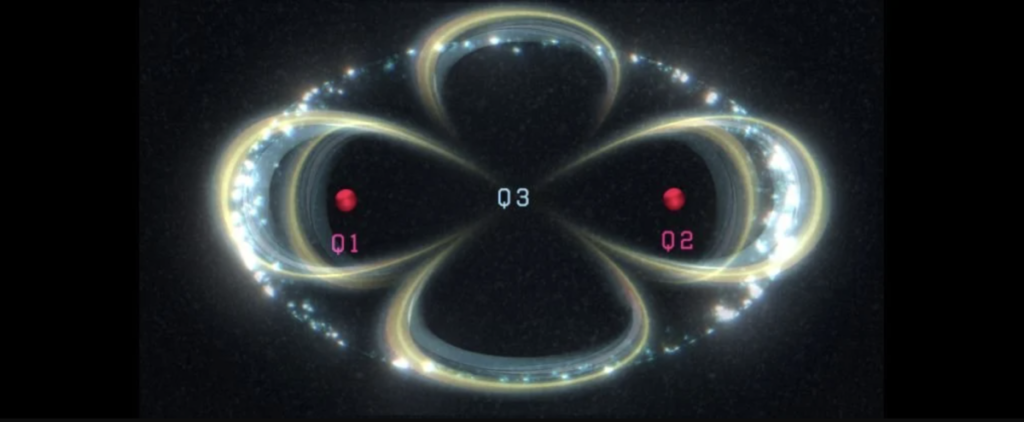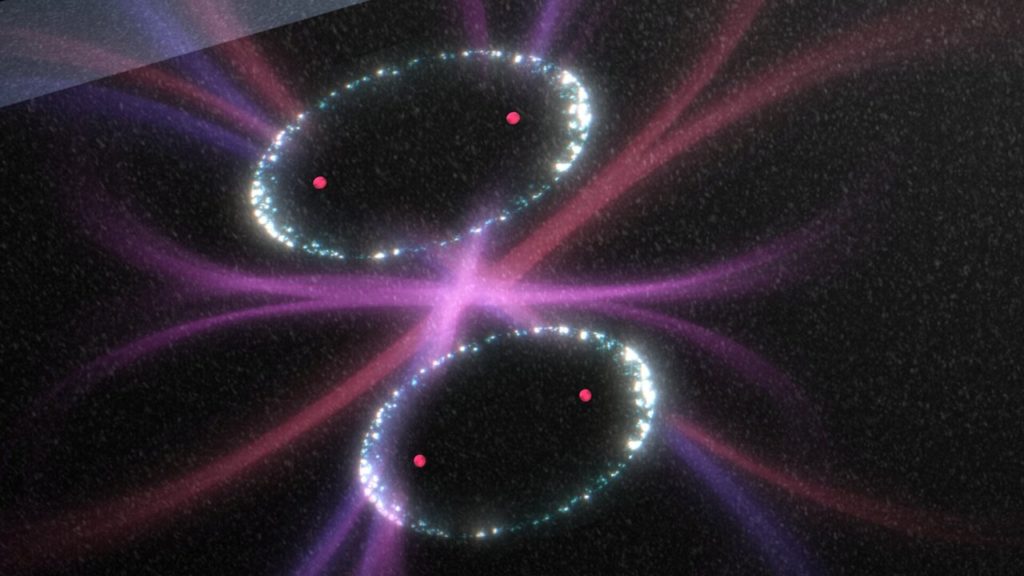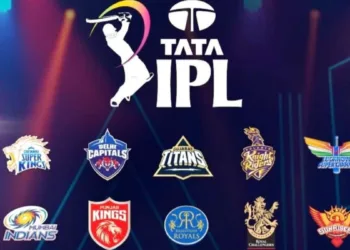Three different teams of researchers from around the world have shown that silicon-based quantum computing has more life than previously thought. The teams demonstrated quantum architectures that exceeded the 99 percent accuracy barrier in independent experiments, which is a need for fault-tolerant computing and a critical milestone for quantum systems’ usability.
All three teams, which came from Australia, the Netherlands, and Japan, achieved above 99 percent accuracy for one and two-qubit operations — the most basic quantum matrixes. Their techniques, however, are different. Teams from the Delft University of Technology in the Netherlands and the RIKEN Institute in Japan used silicon quantum-dot-based systems in their experiments.
Ion implantation into silicon, one of the essential procedures for producing traditional microchips, was used by the University of New South Wales, Australia team to pair an electron with their system of two phosphorus nuclei, resulting in a three-qubit system.

The teams’ accuracy levels differed due to their diverse techniques. In a three-qubit system, the Australian team achieved 99.95 percent accuracy with one-qubit operations and 99.37 percent accuracy with two-qubit operations. In quantum dots, the Netherlands team led by physicist Seigo achieved 99.87 percent accuracy for one-qubit operations and 99.65 percent accuracy for two-qubit operations. Finally, a team from Japan, led by RIKEN scientist Akito Noiri, achieved 99.84 percent accuracy in one-qubit operations and 99.51 percent in two-qubit operations in quantum dots.
Quantum computers use quantum analogs of the binary bit as the primary unit of information. Qubits are unique in that they may exist in superposition states, storing data for 0, 1, and both zero and one at the same time. It enables quantum computers to do probabilistic calculations. Quantum computers have a higher mistake rate than deterministic computers.
“When the errors are so rare, it becomes possible to detect them and correct them when they occur. This shows that it is possible to build quantum computers that have enough scale, and enough power, to handle meaningful computation,” explains physicist Andrea Morello, leader of the Australia research team. So it now becomes an issue of scale.
It was the first time in silicon-based quantum computing that the researchers were able to reach such high levels of accuracy. Many people think of silicon-based quantum computing as a poor cousin to more exotic quantum processing technologies like topological superconductors, trapped ions, and photonics-based quantum architectures. It has, nevertheless, outperformed the competition.

“The presented result makes spin qubits, for the first time, competitive against superconducting circuits and ion traps in terms of universal quantum control performance,” said Seigo Tarucha, leader of the Netherlands team. “This study demonstrates that silicon quantum computers are promising candidates, along with superconductivity and ion traps, for research and development toward the realization of large-scale quantum computers.”
Quantum computing research appears to have reached a critical juncture. Enough competent engineers, physicists, and chemists are now devoting their work to the technology in such a way that simultaneous achievements are being unlocked—certainly a turning moment – and a promising future for quantum.
also read:
US Government states that Semiconductor Fab Capacity is still an unsolved issue








